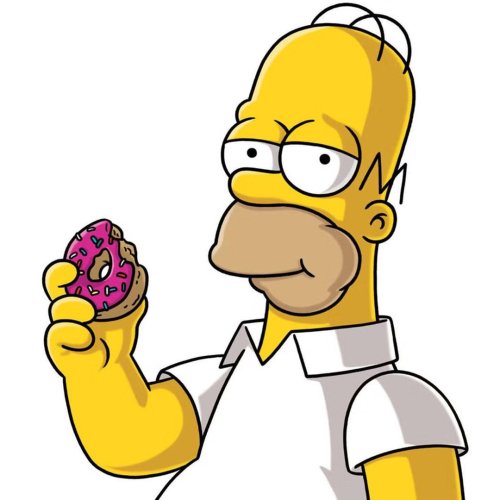
Twins Video
I paid extra attention to Rosario in his professional debut, because he was teammates with Miguel Sano and Jorge Polanco in the GCL (you may have heard of them). Rosario didn’t disappoint. It was he - not Sano - who led the team in home runs. He batted .294 and, yeah, he struck out a bit (13.5%) but also drew a fair amount of walks (7.5%). Rosario also stole 22 bases in 51 games. It was definitely enough to put him on the prospect radar.
His star only grew in 2011. Again it was Rosario’s 21 home runs that edged out Sano’s 20 and led the team. His .337 batting average also led the team as did his 17 stolen bases. You know what else he led the team in? Don’t guess. I’ll tell you. Walks. Rosario’s 27 walks paced the team. His walk rate of 9.1% was greater than that of walk-oholic Miguel Sano (7.8%). He led the whole Appy league in triples, home runs (three shy of league record), runs, total bases and slugging percentage and was league co-MVP.
He was the best player in a league where his teammates included Miguel Sano, Max Kepler, Kennys Vargas and Jorge Polanco. (The latter trio combined to hit four home runs that year.)
Rosario exited the season as Baseball America’s #3 prospect in the Twins organization and he was about to make his full-season debut in 2012 with the Beloit Snappers.
I had the opportunity to watch the Snappers during a early-season trip and a late-season trip. Miguel Sano and Kennys Vargas were monsters, but Eddie Rosario always left an impression on me. I was ready to write his name in pen in the 2-spot in the lineup for the foreseeable future. I didn’t know where he’d end up defensively - he was playing second base at the time - but he was the most impressive minor-league hitter I’d see in all of my visits.
But then Tuesday, June 12, 2012 happened.
During batting practice that day, Rosario, who was standing along the third base line, was struck between the nose and the mouth by a line drive off the bat of a teammate. He was hospitalized with a broken bone in his face and missed the next six weeks of the season.
Rosario still put up impressive numbers for the Snappers on the season: .296/.345/.490 with 32 doubles, four triples and 12 home runs. His walk rate was 7.2% (and actually improved to 7.4% the following season) and his strikeout rate was 16.1%.
The splits using the day that Rosario got drilled in the face, though, tell a different story.
Pre-drilling in the face walk-rate: 9.9%
Post-drilling in the face walk-rate: 2.5%
Pre-drilling in the face K-rate: 14.1%
Post-drilling in the face K-rate: 19.6%
As I mentioned previously, Rosario was able to bounce back in 2013 with an improved walk-rate, but the strikeout rate continued to trend the wrong way (17.6%). The 84-game sample size of the Arizona Fall League showed plenty of the same thing: 3.6% walk-rate and 15.5% K-rate. It was in the AFL that Rosario tested positive for a drug of abuse.
In the 1458 plate appearances since returning from the suspension (which, should be noted, has come against higher-quality pitchers as well), Rosario has 59 walks (4.0%) and 308 strikeouts (21.1%).
What’s clear to me is that the Eddie Rosario that fills our screen in 2016 is not the same player that took the line-drive to the face on the summer night in 2012.
MORE FROM TWINS DAILY
— Latest Twins coverage from our writers
— Recent Twins discussion in our forums
— Follow Twins Daily via Twitter, Facebook or email
— Become a Twins Daily Caretaker






Recommended Comments
Join the conversation
You can post now and register later. If you have an account, sign in now to post with your account.
Note: Your post will require moderator approval before it will be visible.